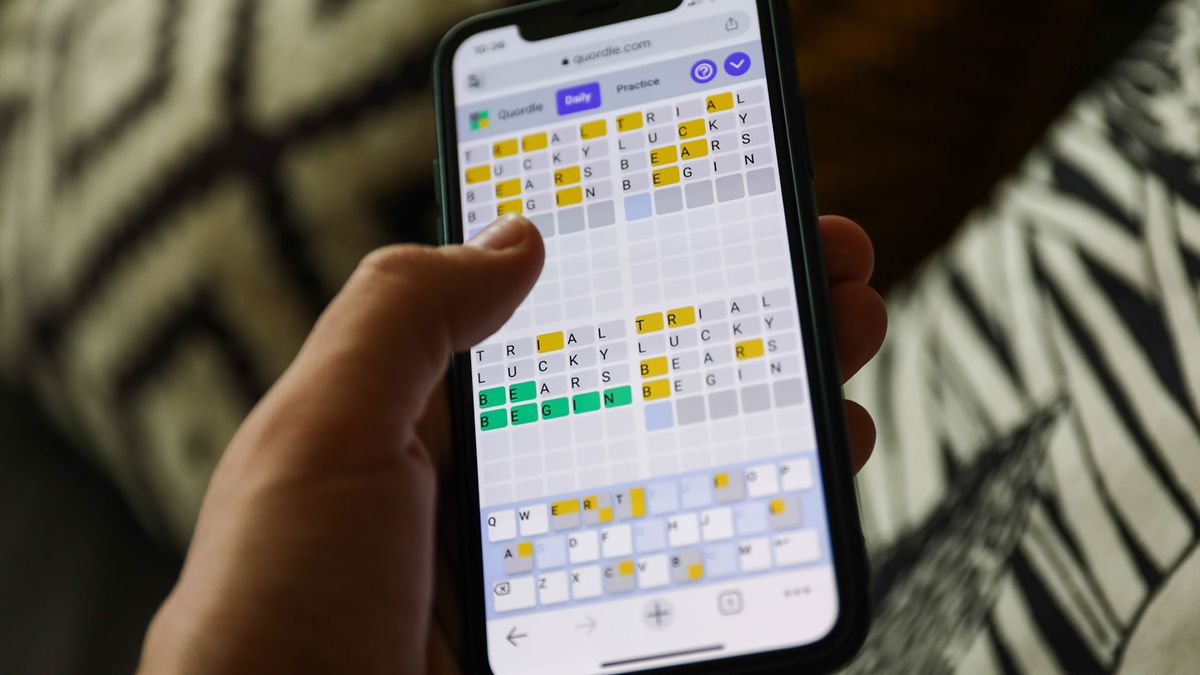The sun reached its solar maximum in 2024, meaning we've had some amazing sightings of aurora borealis. It reached far enough south to light up half of the US on two occasions in 2024, and it's looking like 2025 will feature some great northern lights sightings as well. As it turns out, the cosmos is a fan of good timing. Those wondering when the northern lights will make their first appearance in 2025 won't have to wait long at all, as they'll be present to help much of the US ring in the new year.
This aurora borealis comes to us from a period of high activity from the sun. Per EarthSky, a total of 20 solar flares have been detected over the last 24 hours, and some of that solar material began hitting Earth yesterday. The result was an excellent display of the aurora that will continue into tonight. Most of the solar flares were fairly minor, but with that much solar material being ejected, the total is greater than the sum of its parts in this instance. The coronal mass ejections that were pointed toward Earth have already begun hitting the planet, priming it for an evening of auroras.
According to the National Oceanic and Atmospheric Administration, the solar storm will register as a G3, which is classified as a strong magnetic storm. Along with the pretty lights, the geomagnetic storm may also affect the electronics of objects in space and interfere with some radio signals. The heaviest part of the geomagnetic storm will hit in the early evening hours and taper off as the night goes on, so if you plan on seeing the northern lights tonight, you may want to get outside early.
Where will tonight's aurora borealis be visible?
From talking fridges to iPhones, our experts are here to help make the world a little less complicated.
Per NOAA, the northern lights will be best visible across the northernmost states in the US, including Washington, Montana, North Dakota, Minnesota, Wisconsin and Maine. However, it'll reach far enough south to also be visible in Idaho, Michigan and South Dakota, with the uppermost parts of New York, Vermont, New Hampshire, Oregon, Wyoming and Iowa getting in on the action as well.
There is an outside chance that the magnetic storm will push the northern lights far enough south to hit Indiana, Illinois, Ohio and Pennsylvania, but it's currently not predicted to travel that far.
For now, the above list is a prediction. The actual aurora borealis may be stronger or weaker, which will affect where it is visible. It won't light up most of the US like the strongest auroras of 2024.
From talking fridges to iPhones, our experts are here to help make the world a little less complicated.
How to view the northern lights
Generally speaking, the rules for viewing the northern lights are the same as it is when viewing meteor showers. You'll want to get away from light pollution as much as you can and find some clear sky since clouds will obscure your view entirely.
From there, it may still be hard to see if you're near the southern reaches of the aurora, but your smartphone can help. People on social media have had a lot of success with using their phone's night mode, which increases exposure time and allows the lens to capture the colors in the sky, which may help you get a good picture of it even if you can't see it on your own. As per the norm, the further away from the big city you get, the better your chances will be.
Also, while you're out, you may be able to spot a shooting star from Quantarids, which will peak on the evening of Jan. 2. Seeing both would be a great start to the New Year for skywatchers.









 English (US) ·
English (US) ·